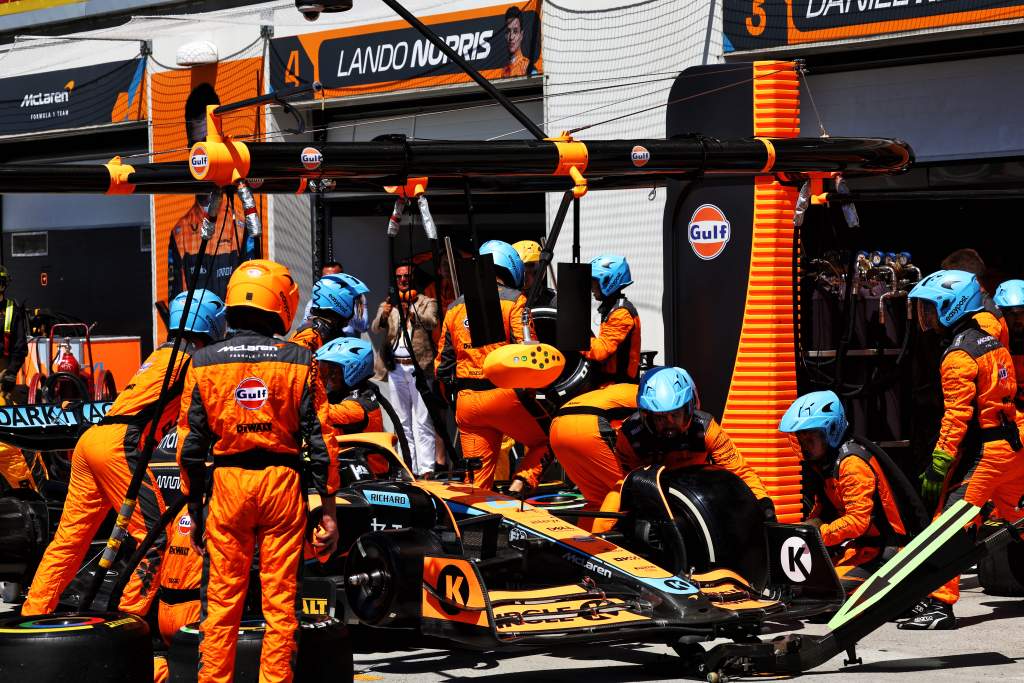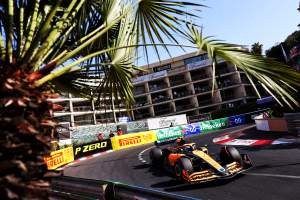Up Next

McLaren Formula 1 team principal Andreas Seidl has blamed a “communication issue” for the disastrous double-stack pitstop that cost both Daniel Ricciardo and Lando Norris time in the Canadian Grand Prix.
Ricciardo ran ninth between the two Alfa Romeos, with Norris 13th, when Mick Schumacher parked his Haas at Turn 3 on lap 20 after suffering a power unit problem. The virtual safety car was deployed while the McLaren pair were on the back straight, making it a logical decision to call both in.
Prior to the VSC being activated, they were separated by 6.4s. This meant there was more than enough time to complete the double-stack pitstop, with the communications to the drivers from the pitwall clear and decisive.
Ricciardo’s stop was around four seconds longer than it should have been, which was thanks to a slow front-right wheel change.
Pit crews have three people on each corner, one operating the wheelgun with one to remove the wheel and another to place the new one on the hub. It appears the communication problems resulted in the crew member responsible for removing the right-front tyre arriving late for reasons that are unclear.
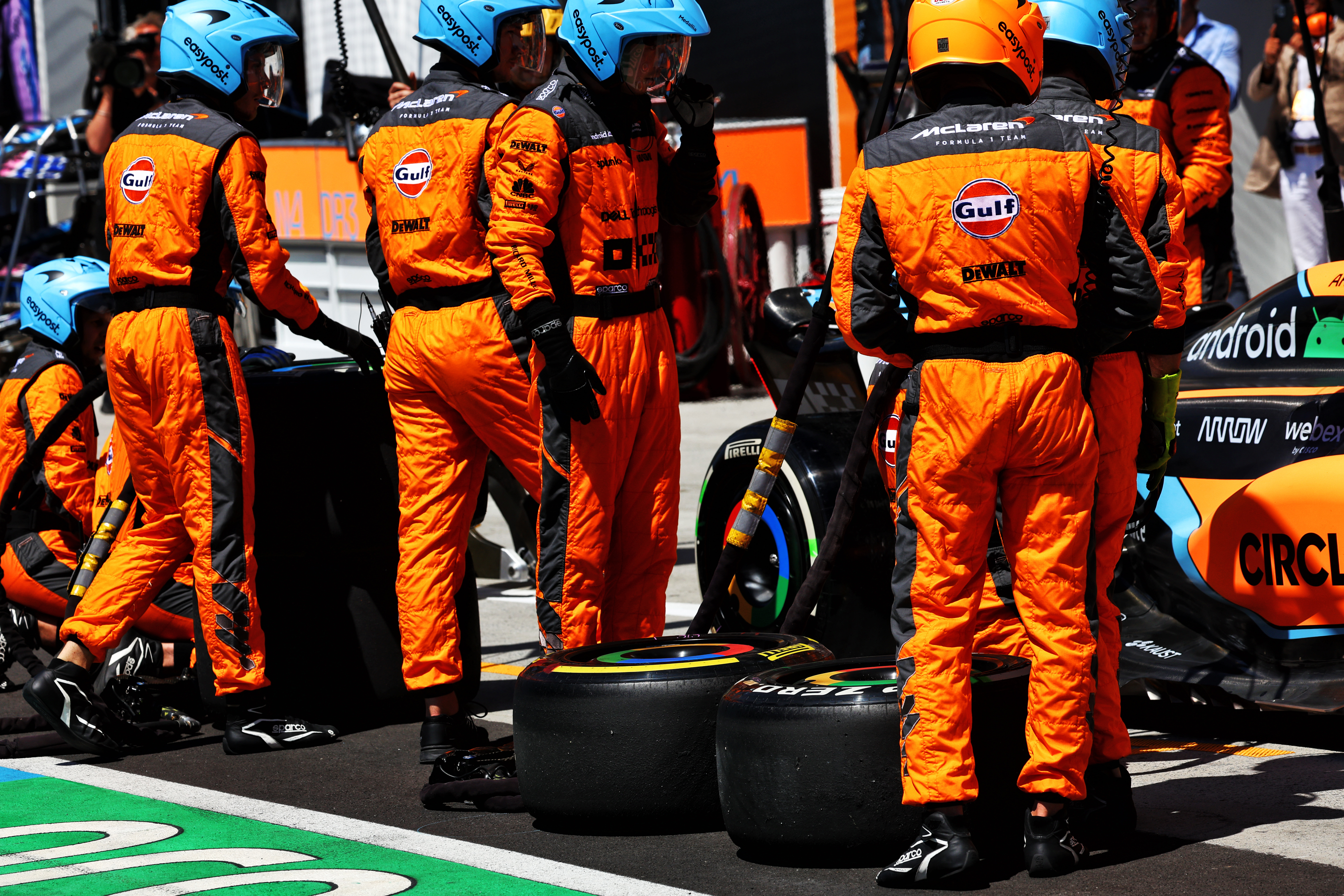
This meant the wheel had to be removed by the crew member who was poised to put the replacement on. Once they had done so, the colleague arrived and was able to take the wheel off them to allow the new wheel to be put on.
This cost time, while thanks to the precise choreography being replaced by improvisation it also took a little longer for the wheel to be attached. The lost time meant that Ricciardo rejoined 12th behind Yuki Tsunoda’s AlphaTauri, which he should have been ahead of.
“It was a late call and therefore that’s why it was a little scrappy,” said Ricciardo of his pitstop.
“It was only when I was pulling off, I went to look in my mirror [to see] if there was another car and I saw Lando, so we did double stack.
“I guess probably not a well-polished race.”
While this was happening, Norris arrived. As Ricciardo was unexpectedly blocking the pitbox, he had to slow to a crawl meaning he had already lost several seconds by the time he stopped on his marks.
But there were problems with the tyres. The front-left was quickly changed to a fresh medium, but this was incorrect and it was subsequently removed to allow a new hard tyre to be put on.
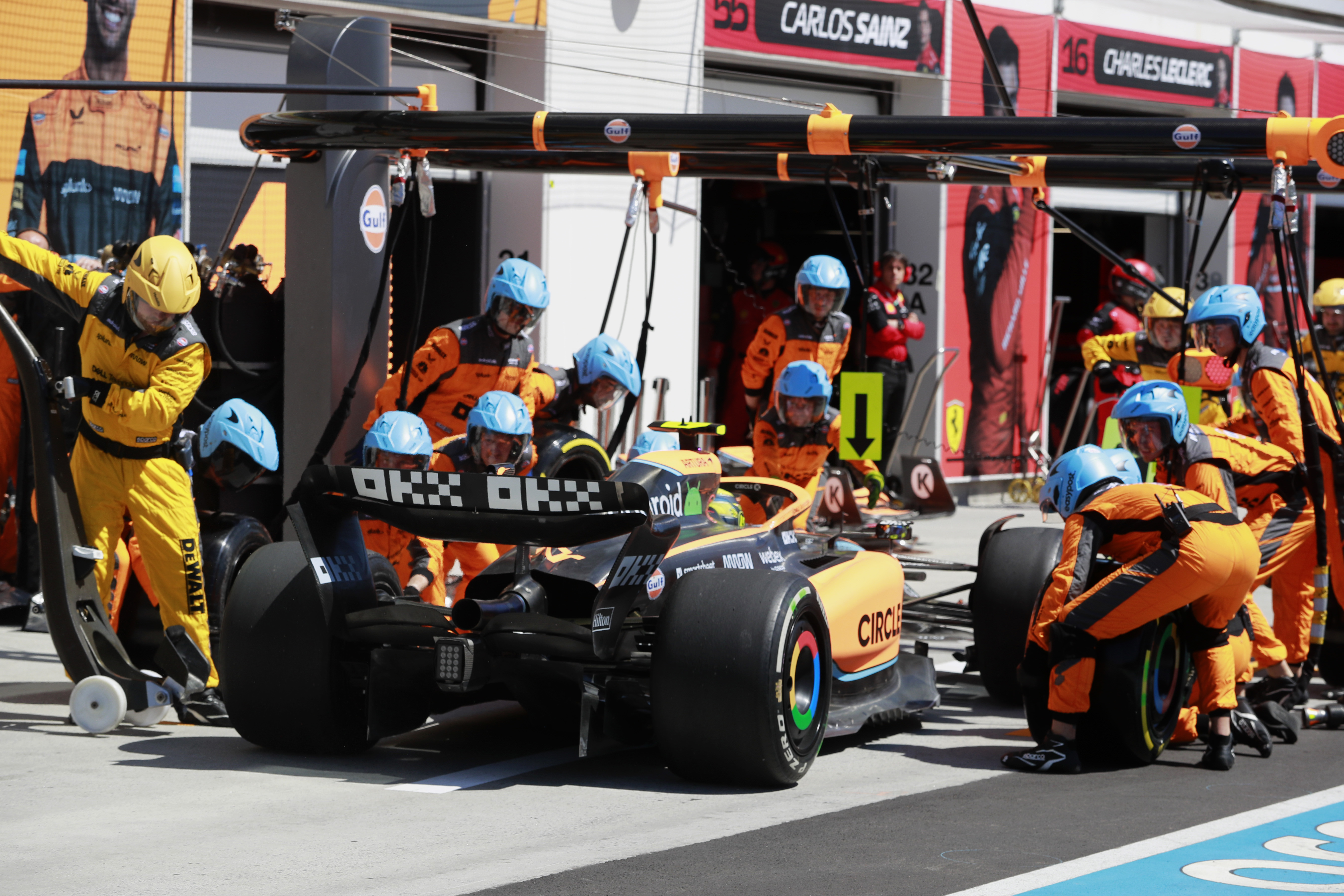
The right-front was again a problem, with the tyre for that corner even later arriving and the change completed after the other three tyres had been switched. That meant a long hold for Norris before he was released.
While the exact nature of the communications problem isn’t clear, what is obvious is that it resulted not only in Norris being blocked by Ricciardo but also the correct set of tyres not being ready for his pitstop.
In total, Norris spent just over 19 seconds longer in the pitlane than he should have done. He therefore rejoined 18th and last of the runners, just behind Williams driver Nicholas Latifi.
Ricciardo went on to finish 11th, with Norris 15th for McLaren’s third blank of the 2022 season.
“Obviously a disappointing day for us,” said Seidl. “A disappointing weekend for various reasons: reliability issues, operational issues in the race, but also in terms of our pace and where we want to be.
“The operational side during the pitstop, we had a communications issue that was in the end snowballing into this issue that we have seen. We need to analyse that and come back stronger.”
Asked by The Race to elaborate on the problem, Seidl declined and promised an internal review.
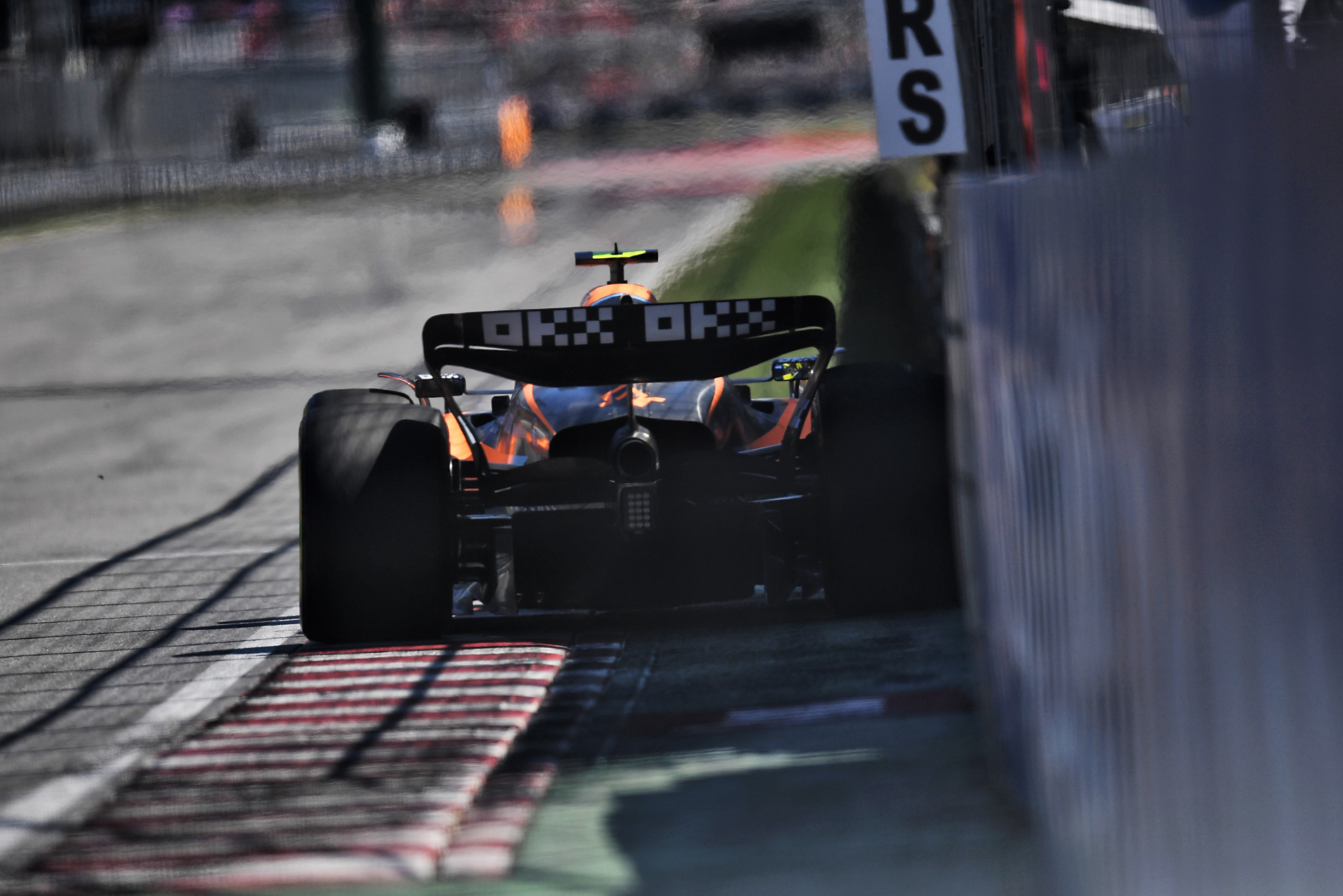
“I don’t want to go too much into the detail because that’s something we have to review internally as a team, what went wrong there,” said Seidl.
“As I said before, in the end it was down to a communications issue within the team, and that was causing the delay.”
McLaren put significant effort into improving its pitstops after what Seidl admitted was a “weakness” in 2020. Generally, its stops have been reliable over the past 18 months, but what happened in Canada showed how a communications problem can, as Seidl put it, snowball into significant time loss.


